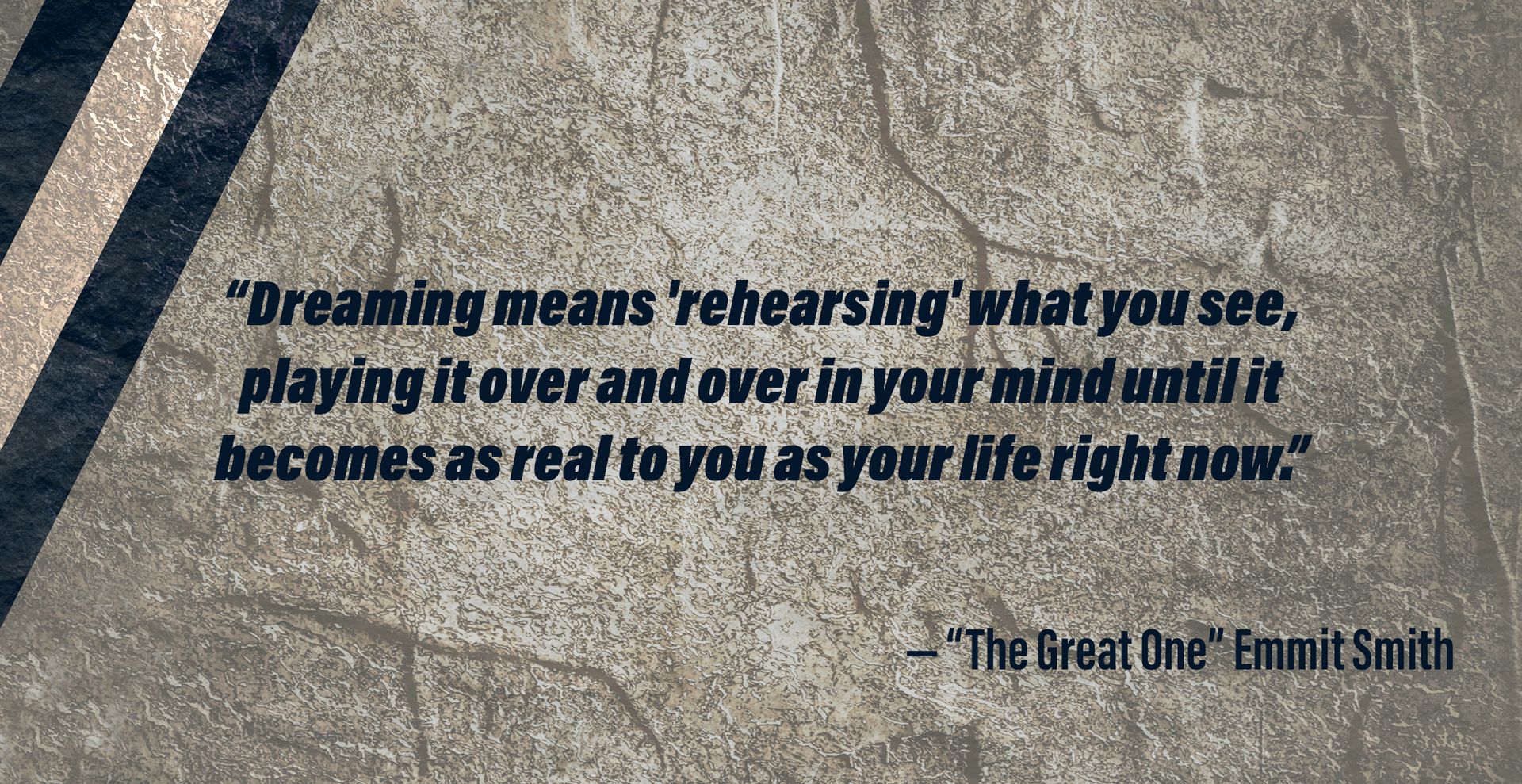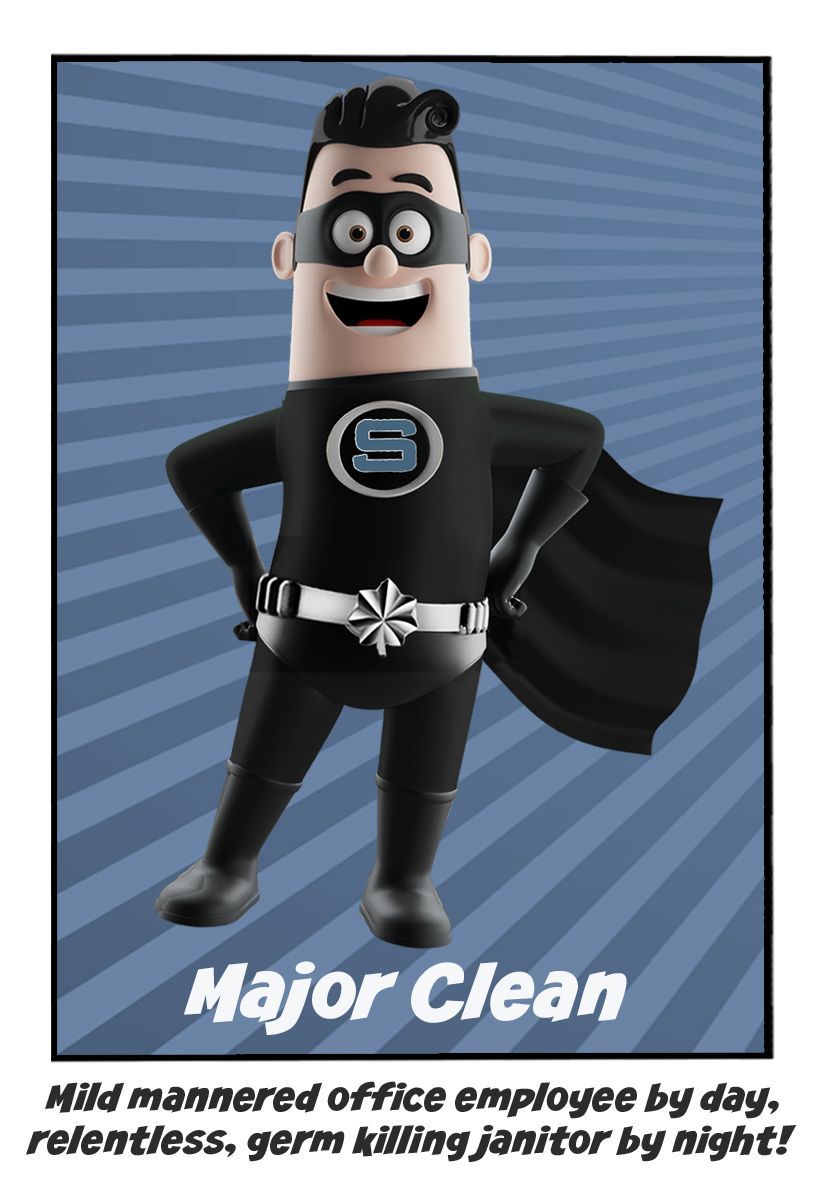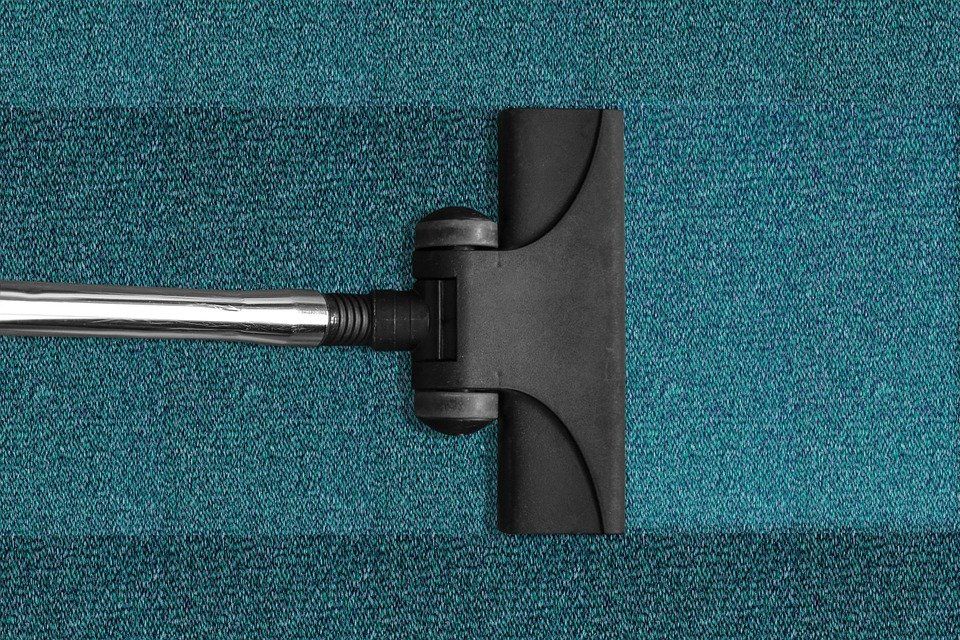Don't Take a Chance with the 5 Second Rule
We’ve all dropped a chip or other tasty treat on the floor, plucked it up quickly while disclaiming “Five Second Rule” to anyone within earshot, and then popped in our mouth. It’s totally safe, right? Bacteria can’t transfer to the food in just five seconds, right?
Wrong.
Science recently debunked the Five Second Rule. Researchers at Rutgers University tested how long it takes bacteria to transfer from floor to food. They covered four different flooring materials - stainless steel, ceramic tile, wood, and carpet – with the bacterium Enterobacter aerogenes. Enterobacter aerogenes is a kinder cousin of salmonella, a bacteria that is responsible for over one million cases of food poisoning each year. Researchers then dropped a variety of foods, like bread, watermelon, and candy, onto the bacteria covered surface. They let them sit on the surface for different intervals ranging from one second to three hundred seconds.
They did this 2,560 times. Results showed that bacterial transfer occurred at every time interval, with more bacteria transferred the longer that food was on the test surface. The research also found that bacterial transfer occurred more quickly with foods that had a higher moisture content, like watermelon.
Every day your office carpet or flooring comes in contact with bacteria like Enterobacter aerogenes, salmonella, or e.coli. These bacteria are tracked in along with dirt, chemicals, and debris by your employees and customers. They make their way down the hall to your breakroom and offices, where they wait to jump on your food when you drop something. While this isn’t exactly true - they’re not exactly laying in wait for your lunch, don’t take a chance with the Five Second Rule – and don’t risk having dirty floors! Toss dropped food in the trash and call a professional janitorial cleaning service to clean and disinfect your floors!





